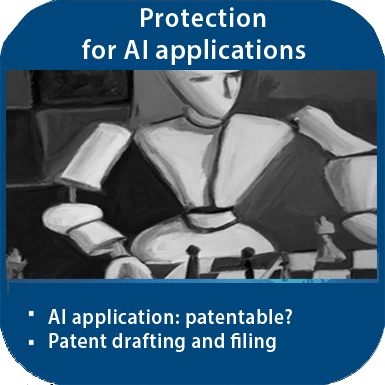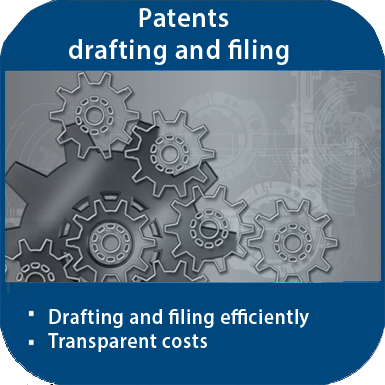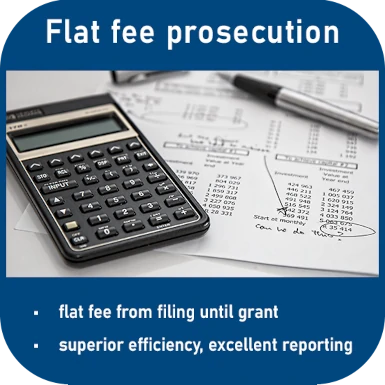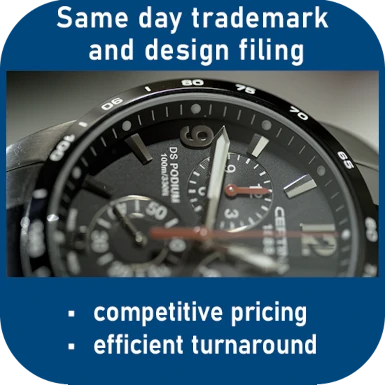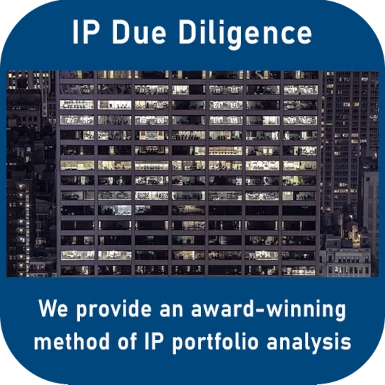BGH: Happy Bit ľ patent claim concerning computer programs

With the BGH decision Happy Bit, the Federal Court of Justice again confirms the practice as to the evaluation of priority right transfers recently developed by the Enlarged Board of Appeal of the European Patent Office in decisions G 1/22 and G 2/22. Rightly having claimed priority is therefore the basic presumption, which can only be rebutted if there is evidence against a valid transfer of a priority claim.
In addition, the BGH confirms its case law with regard to the claiming of objects that do not fall within the scope of protection of the granted version in invalidity proceedings and provides clarification with regard to claims directed to computer programs.
Rightly having claimed priority is the presumption
Even if, for example, no contractual relationships can be demonstrated for the alleged transfer of priority, this is not proof of an unlawful transfer of the priority right.
This categorisation of the priority claim has been adopted in European case law with the decisions G 1/22 and G 2/22 of the Enlarged Board of Appeal of the European Patent Office (EPO). The Federal Court of Justice followed this at the end of November 2023 with the highly regarded Sorafenib-Tosylat leading decision: the opponent or nullity plaintiff must therefore prove that a priority was unlawfully claimed.
There is a rebuttable presumption of entitlement to claim a priority right when applying for a European patent, according to the main guiding principle of the BGH decision Happy Bit (BGH, 09.01.2024, X ZR 74/21). The court thus comfirms its decision of 28 November 2023 - X ZR 83/21 para. 110 ff. - Sorafenib-Tosylat.
Priority claim in the Happy Bit case
It is interesting to see what were the facts in the Happy Bit decision in relation to the priority claim, since employee invention rights played a role in it.
The patent in suit had claimed the priority of NK5 - but was this claim valid?
There had been a co-assignment of the priority right when claiming the employee invention of the Finnish inventor and an advance assignment of the priority right as an ad hoc decision for the Finnish inventor and a double advance assignment for the Chinese inventor. The Federal Patent Court therefore has considered it questionable whether an advance assignment of a priority right that would only arise in the future was permissible under Art. 87 (1) EPC.
The plaintiffs therefore argued before the BGH that the transfer of the priority right by the inventors and applicants of NK5 to the applicant of the patent in dispute was invalid.
However, the BGH did not agree. In contrast to the Federal Patent Court, the BGH considers the priority claim to have been rightly transferred.
The BGH said that there were no sufficient indications from the plaintiffs' submission that the transfer of the priority right by the inventors and applicants of NK5 to the applicant of the patent in suit was invalid. The BGH referred to G 1/22 and G 2/22, stating that the objection that the defendant had not been able to demonstrate and prove the lawful transfer of the priority right with its submission on the inventors' contractual relationships with the defendant was not sufficient. Furthermore, the BGH added that it could not be ruled out that individual assignment agreements had been concluded in the case in dispute.
In addition, the two applicants of the US application claimed as priority (NK5) were involved in the filing of the PCT application on which the patent in suit is based. This also argues in favour of the defendant being entitled to claim priority.
Contrary to the opinion of the patent court, the patent in suit rightly claims the priority of NK5, the BGH decided.
Happy Bit - The subject matter of the patent
The defendant is the proprietor of European patent 1 929 826 (patent in suit of NOKIA CORP, Finland) granted with effect for the Federal Republic of Germany, which was filed on 28 September 2006, claiming a US priority of 29 September 2005 and relates to data rate enhancement in wireless communication systems. The technical problem underlying the patent is the improvement of the specifications for requesting a higher data rate.
The plaintiffs argued that the subject matter of the patent in dispute was not patentable and went beyond the content of the originally filed application. The Federal Patent Court agreed and declared the patent in dispute invalid in March 2021 (6 Ni 32/19 (EP) combined with 6 Ni 33/19 (EP)). The patent proprietor and defendant appealed against this decision and defended the patent in dispute with a main request and various auxiliary requests.
So, the question was also: If the patent in suit had rightly claimed the priority of NK5 - is the subject matter disclosed in NK5 the same subject matter as the patent in suit?
Happy Bit ľ patent claim relating to computer programms
Like NK5, the patent in suit relates to a computer program. As a starting point, the patent court had assumed that the proposal disclosed in NK5 to use the larger transport block to transmit one more RLC PDU than the current transport block allows and the five rules defined for implementation do not yet directly and unambiguously indicate that the size of any data unit can be used as a comparison criterion.
This is a correct assumption, the BGH ruled. However, contrary to the opinion of the patent court, the indication that the size of an RLC PDU can be identified on the basis of the five rules is sufficient for a disclosure in this respect. This makes it sufficiently clear that there are various data units with different sizes and that a selection must therefore be made.
In contrast to the patent in suit, however, NK5 does not contain the formulation that the potential transport block must be available for transmission. Nevertheless, it is sufficiently clear from the statements in NK5 that it is a matter of checking whether the identified transport block can actually be transmitted, and that the terms mentioned (supported, not blocked, enough power) are suitable criteria for assessing the possibility of transmission. This corresponds to availability within the meaning of feature 1.4 of the patent in suit. It is thus clear that criteria other than those expressly mentioned in NK5 can also be considered alternatively or cumulatively for examining the transmission possibilities.
If a method claim does not contain any specifications regarding the sequence of certain method steps, there is no deviating interpretation for a patent claim relating to a computer program that carries out a method described by the same features, the Federal Court of Justice ruled and established this as a guiding principle.
However, the BGH confirmed the Federal Patent Court's finding that the patent was invalid with regard to the version defended by the main request and auxiliary requests A to C, as these requests were directed to an inadmissible extension of the scope of protection. In the case in dispute, the replacement of the words "an apparatus associated with a user equipment" by the words "a user equipment" led to the inclusion of another subject-matter in this sense. The process runs on a single computer chip. Here in particular, the protection would be extended from the operation of the chip to the operation of the complete end device.
According to BGH a patent claim may not be amended in nullity proceedings in such a way that it includes subject matter not covered by the granted version (guiding principle and confirmation of BGH, judgement of 20 December 2018 - X ZR 56/17, GRUR 2019, 389 - Schaltungsanordnung III).
Ultimately, the BGH therefore ruled that the defendant's appeal was partially justified. With regard to auxiliary request 1.1, the contested decision was found to be incorrect. The judgment of the Federal Patent Court of 18 March 2021 is amended.
European patent 1 929 826 is declared partially invalid with effect for the Federal Republic of Germany in that patent claims 1, 17 and 31 are given the version set out in the Happy Bit judgement, and the references in the remaining claims refer to this version. The remainder of the action is dismissed.
Any questions about a patent application or a priority claim?
We are a German patent law firm with excellent expertise and an established network for national and international patent applications.
If you have any questions or require further information, please contact us free of charge by telephone on +49 69 69 59 60-0 or send us an email info@kollner.eu.
